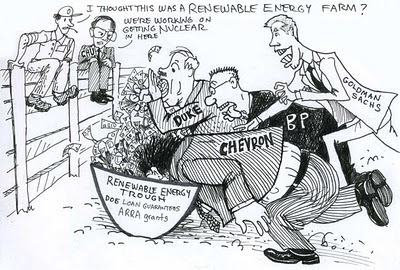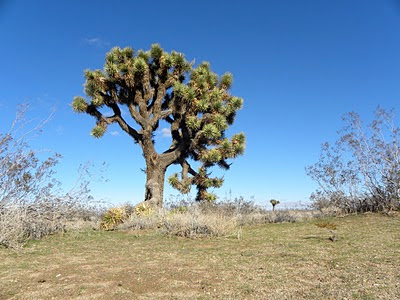Senator Feinstein Reintroduces California Land Management Bill
Senator Feinstein reintroduced the California Desert Protection Act (CDPA 2011, S.138) this month, a necessary step in order to put the legislation back in motion after Congress adjourned last year without putting the 2010 version of the bill (CDPA 2010, S.2921) to a vote. CDPA 2011 is mostly identical to last year's legislation, except that Senator Feinstein removed provisions seeking to streamline the permitting process for utility-scale solar energy projects, a process she has previously criticized, in particular because she believed projects should be sited on already-disturbed or private land. CDPA 2011 will create the much needed Mojave Trails National Monument (941,000 acres), and the Sand to Snow National Monument (134,000 acres), and set aside new wilderness areas throughout the Mojave Desert. The bill would also add land to Joshua Tree National Park, Mojave National Preserve, and Death Valley National Park. One of Senator Feinstein's motivations in pr...








